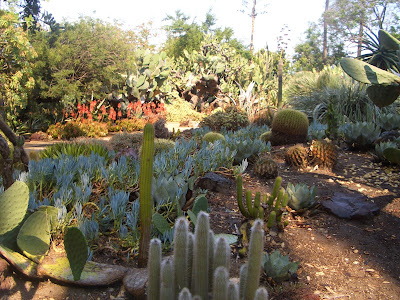Map of the River Nile Estuary by Piri Reis, a 16th century Ottoman Admiral famous for his maps and charts collected in his Kitab-ı Bahriye (Book of Navigation)
When I was kid, I enjoyed copying two maps of the Nile Estuary from an archaeology book, an edition for kids and teenagers. I loved to make them in India (we called it China) ink, depicting the Egyptian monuments that were part of the map. And the river meanders, ah, they were so beautiful!
Apart from these two maps, I hated maps and geography in general. Why was it? I blame it on my professors, though good ones for those years, it was so easy for them to say ¨buy this map.... with this projection at the kiosk. Then paint in color the provinces of....¨ , or ¨study from page....... to page¨ and all explanations were given in those old huge school maps on the blackboard. Boring, absolutely boring; they are currently sold as ¨vintage.¨
My school mates and me had never seen a National Geographic magazine in class, I suppose they were not imported to Argentina, we were missing banks of information, pictures, and what we saw on TV, was the old family programs and movies. Nothing cultural that I remember. And in the 60´s we could never have imagined computers at home, and Internet, we began to ¨navigate¨ in 1997, as far as I remember, with the first emails to companies.
Many years after, a colleague of mine was taking courses with me, I was researching on urban morphology and she was analyzing maps. I thought then, what an architect could find in maps. And she opened my eyes, explaining about the different projections, representations, and the philosophical theory implied on them. And I realized how much I was missing in my learning.
Molly Dilworth, Naked City 1, Naked City 2, 2008; acrylic on paper. Dilworth transposed satellite maps of the Sunset Strip in Los Angeles with communications patterns from telecommunications networks and other invisible forces. From artlies.org
A map from Joseph and James Churchman's 1833 volume "Rudiments of National Knowledge, Presented To The Youth Of The United States, And To Enquiring Foreigners" (David Rumsey/DPLA). Oh the Places You'll Go: 38,000 Historical Maps to Explore at New Online Library
A map of a city. My screen shot from ¨A walk through H¨
A map of ancient ruins depicted in a dove. My screen shot from ¨A walk through H¨
When I began this blog, I´ve also read about psychogeography and their own maps, representing the ¨driftings¨, street wanderings, some of them induced by opium. And I learnt about the artistic side of them. The concepts were reinforced when I was contacted by Phil Smith, founder of Mythogeography; a map can also contain history, mythology, it can have a world of meanings. Finally, I was absolutely delighted to watch the short film ¨A walk through H¨, directed and written by Peter Greenaway, where the maps are paintings, even a pigeon shows the archaeological remains of one of the cities.
At this point, the old school geography teachings were out of my mind and I gave maps a second opportunity.
Jerry Gretzinger´s imaginary map of Ukrania.
Jerry Gretzinger´s imaginary map of Ukrania.
Today, after years of enjoying different maps representations (or projections), something weird happened to me, and it reminded me all I´ve read about new meanings assigned to objects out of context. I was pinning maps in my Pinterest and in one of the repins, I saw a thumbnail of one of Kevin Lynch´s maps. I began reading the brief reference, the well known story of people creating their own maps of Boston, etc. on their ways to home, to their jobs, etc, walking, always walking.
¨To study the form of cities, Kevin Lynch asked dozens of people to draw the features and neighborhoods of Boston. He then aggregated the drawings to form a composite map, yielding an archetypical representation of how people view the city.¨
But what I saw at first was a map represented in a ¨shoe¨, let´s say a ¨tennis shoe¨ or ¨zapatilla¨, a model to walk. And I thought, ¨that is bright! Kevin Lynch has depicted a map of Boston in a shoe, where the borders are the laces, and the red color the design of the modern walking shoes!¨
And of course I´ve read and have in my library Lynch´s The Image of the City and Good City Form. And suddenly, it came to me that Lynch hasn´t published any map in the shape of a shoe, that it was all in my imagination, that the Image of the City was from 1960, and it was not Lynch´s intention to play with the maps morphology in an artistic sense, but to analyze the city through them.
Anyway, I leave the idea to my readers, I still see the shoe........














































